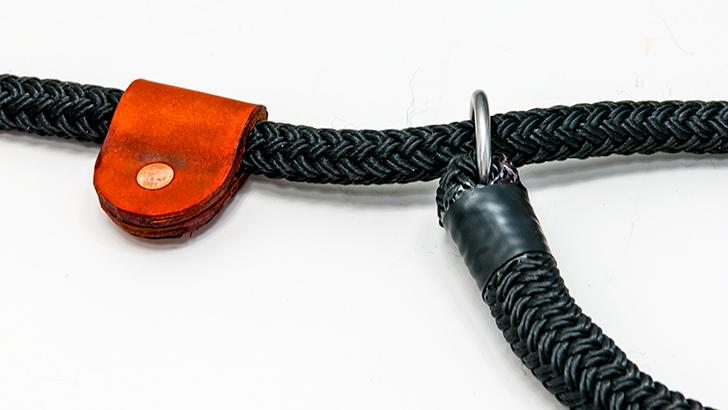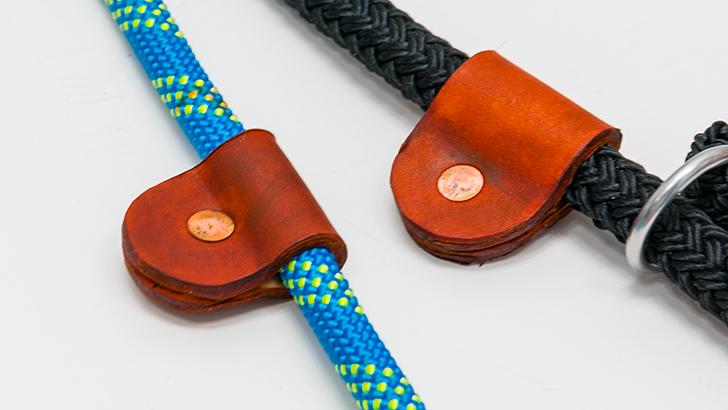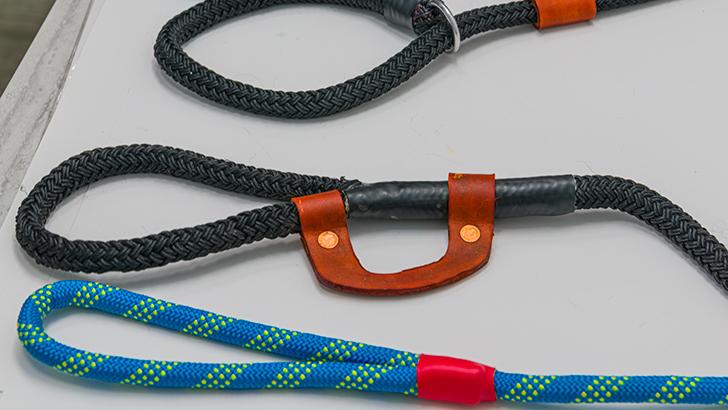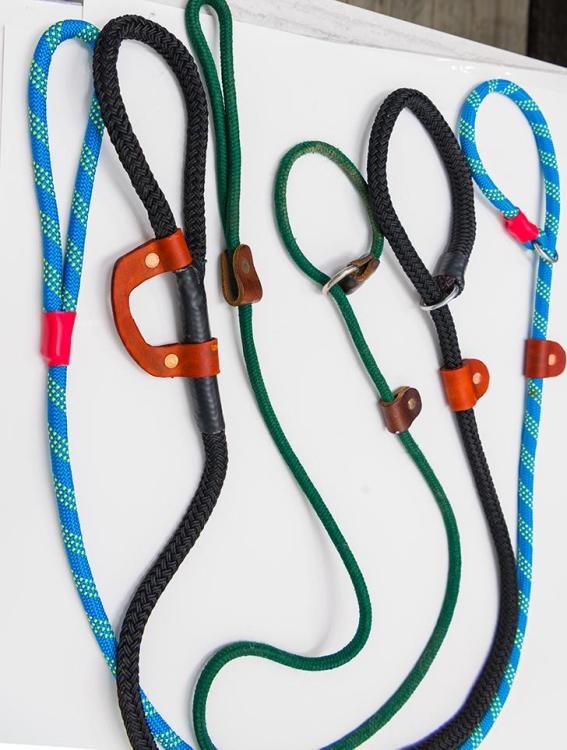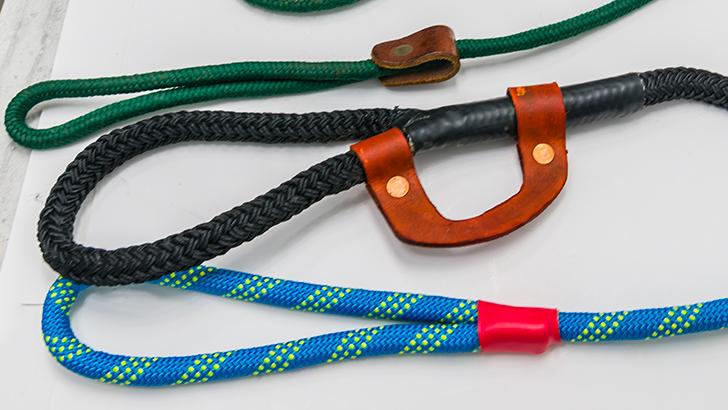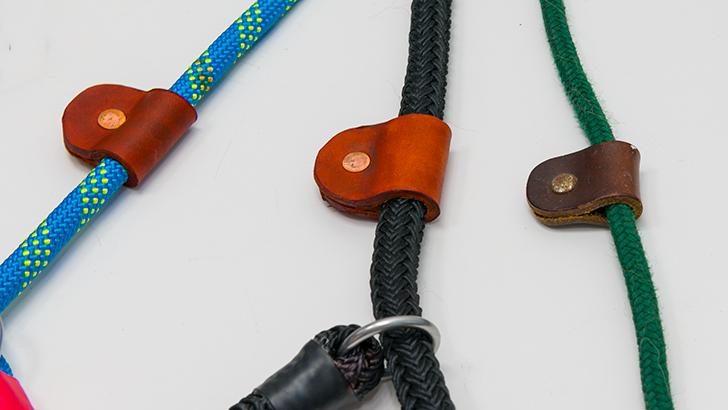
kgg
Contributing Member-
Posts
3,296 -
Joined
-
Last visited
Content Type
Profiles
Forums
Events
Blogs
Gallery
Everything posted by kgg
-
A couple of questions: 1) How thick of leather are you normally going to sew? 2) How thick of leather do you want to be able to sew? 3) What size of thread are you planning on using?? 4) What are you planning on making??? Without knowing those things this maybe the perfect machine for your stuff or totally incorrect machine for your needs. The Atlas At 341 is a clone of the Juki LS-341 just like most of the other 341 clones has similar spec's as the Juki LS-341. These days most machines regardless of the name will provide good service. You got to change how you write your post and comments as it can be difficult to read. kgg
-
I had one of these for a very short period of time a couple years back but it used the 134-35 needle system. It would also slip the timing and what I found when I really cleaned everything up was those two gears as in your photo were worn and the larger gear needed to be moved forward to get better contact with the other gear. I just slacked the shaft off at the safety clutch and moved it forwarded. kgg
- 14 replies
-
- timing adjustment
- troubleshooting
-
(and 1 more)
Tagged with:
-
Thank you for the compliment. kgg
-
The needle size for V138 thread needs a #22 for thin items, #23 medium thickness and #24 for thick items (reference: https://www.tolindsewmach.com/thread-chart.html ) You have threaded the machine incorrectly here are a couple of pictures I grabbed off an Alexander Dyer video ( https://www.youtube.com/watch?v=ua5_zIYxNpE ) of how it should be threaded. As a note this maybe not be the right machine for knife sheaths, holster and gunbelts in particular holsters. kgg
-
The Consew 29BL appears to be similar to the Techsew 2900L. These two links may help: i) Checking the Timing: ii) Adjusting the Timing: Hope these help. kgg
-
Your right it is not a wear and tear thing as I keep my machines in pristine condition and when I sell them they look like they just came out of the box. What I have found is at that time frame the price of a new clone, for that model, has increased allowing me to usually get what I paid or close or more and move on to something else. kgg
-
Sorry, I do not share my STL files. kgg
-
I figured the price would catch you a bit off-guard. When I bought my Kobe LS-1341 I had actually gone to buy a real Juki LS-1341 but the new Kobe was a lot less so I said I'd give it a try and if I didn't like it I would sell it. Well I basically kept it for 3 years with no problems before I sold it. I usually keep a clone for about 3 years whereas the Juki's stay. kgg
-
I made a mistake. It should have said Juki LS-1342. @JWfur kgg
-
The Techsew 4800 would be sort of similar to Juki LS-1342 in that it has a adjustable presser foot climbing mechanism. Looking at the photo's on their website it has the larger diameter nose like the Juki LS-1341 and their model 2750. The difference between the Juki LS-1341 and a Juki LS-1342 is basically the presser foot climbing mechanism and the smaller diameter nose which maybe beneficial for smaller items. What I did notice is the spec's for the Techsew 4800 says it is capable of handling V277 but it can only handle a #24 needle which is good for V207 so I think that maybe a typo in Techsews spec's. As a note that the Juki LS-1341 and LS-1342 can handle a #24 needle but it appears they rate their machines for the max size of thread for the max sewing thickness not thread size capability of the needle. My conclusion: i) if you need an adjustable presser foot climbing mechanism in a clone machine with similar spec's as the Techsew 4800 then maybe investigate something like the THOR GC 1341 ii) if you need a smaller nose and the presser foot climbing mechanism buy a Juki LS-1341 which is going to cost a lot more. iii) if you can do with a clone machine having a slightly larger gauge nose and no presser foot climbing mechanism like the Juki LS-1341 then look at the Cowboy CB341, Cobra Class 26 and Techsew 2750 to name a few. kgg
-
Keep in mind no one machine will do everything well and most of industrial sewing machine do not like using V69 thread preferring V92 and larger. That is why a lot of us have more then one class (Upholstery Class 563/1541, Class 341/1341, Class 441) or style machine (Flatbed, Patcher, Cylinder Arm). I think as an all rounder with a flatbed attachment that are rated to sew about 7/16" thick leather you may want to consider the Class 341/1341 machines similar to the Cowboy 341, Cobra Class 26 and the Techsew 2750 to name a few. They use the 135X16 needle system for leather and 135x17 needle system for fabric. The Class 441 machines can do thin stuff if properly dumbed down and with the right feet dogs/presser feet/needle plate but really shine at the doing the really thick items. Keep in mind that they take a large diameter needle the 7x3 or 794 needles and may not give you a nice looking finished item with small sized thread. As a visual comparison think of a 3" finishing nail punching a hole vs a 1" finishing nail. I guess it really comes down to which machine that will do most of your items most efficiently. You may find it better to get a Class 341 / 1341 cylinder arm now and if the need arises then invest in a Class 441. As this is going to be an expensive investment I would suggest making a road trip to a dealer (or sending a sample of your items to a dealer) and test driving a couple different classes and styles of machines using the thread size you want to use. kgg
-
Not much leather work here but it was something I needed. After I "retired" from the Engineering BS we opened a dog boarding and grooming kennel as it seemed to go hand in hand with my hobby of dog showing and breeding. Well after 20 years of use our last original kennel slip lead finally decided to give up the ghost. I always have liked the English style kennel slip leads but they are now costing about $20 CAD plus for something sort of half decent in 1/2" diameter and $40 CAD for a proper spliced 5/8" double braided nylon. I personally don't like the feel of flat nylon or flat polyester leads or the leads made PVC coated webbing's like biothane and how they work but that probably is just me. Over the years we have boarded and handled a lot of big guys (plus 120lbs) as well as the aggressive dog breeds like the Black Russian Terriers, Pit Bulls and Cane Corso's. Our kennel leads need to be safe, dependable, tough and be able to be used on almost all breeds. So me being me I went to the scrap bin to scrounge enough bits and pieces to make up some new ones. I did have to buy some new 1/2" 48 strand braided Polyester rope and 5/8" double braided Marine Nylon rope but the rest I had like copper rivets, 1" welded metal "O" rings, scrap 3 oz veg tan and 1" diameter shrink tubing. This is what I ended up with. I figure these will probably outlast me. i) cost for each slip lead averaged out at about $8 CAD. ii) the sliding leather keepers are two layers of 3 oz leather glued together, wet formed around the rope and riveted together so there is a nice smooth leather surface rubbing against the rope that will not slip through the O ring. Had that happen with a store bought one and it wasn't fun. iii) the shrink tubing is to provide a nice smooth transitional surface and hide / protect the copper rivets. iv) the blue slip lead is braided 1/2" 48 strand braided polyester. Initially it will be stiff but will soften with use. v) the black slip lead is double braided 5/8" marine nylon with the ends spliced back into itself. The leather doodad on the handle is for accessories like plastic bags. It is very pliable and feels comfortable in the hand and will be the one that I use on my dogs (Nova Scotia Duck Tolling Retrievers). vi) the green slip lead is owned by a customer and is a store bought 3/8" that appears to be made with braided polyester. All comments are appreciated. kgg
-
This is a class 441 clone machine of the Juki TSC-441 and is similar to the Cowboy 4500, the Cobra Class 4 along with other machines in this class. These days they all seem to be pretty dependable. The main question that should first be answered is this class of machine the right one for what you want or need to sew. This article will help you determine what machine or machines will best suit your needs. What are you planning on sewing and with what size of thread???? kgg
-
Can you use an embossing plate without a clicker?
kgg replied to DaleksInc's topic in How Do I Do That?
Just to add to the list if you have a hydraulic shop press that would also work. kgg -
A lot of servo motors these days come with a needle position sensor for less then $200. The table that the machine setting on is a nice DIY design. If I was in need of this type/style of machine I wouldn't pay anymore then 40 percent of what I could get a new one for. That would put the price say around $550 but that is just me. kgg
-
If I'm not mistaken like @Constabulary has stated it is a clone of the Singer 45K21. This I think is very similar to what use to be referred to in recent years as a GA5-1. Bottom feed machine, no reverse with the GA5-2 having reverse. A more modern clone I think would be a Cowboy CB2500. If you contact @CowboyBob I am sure he would be better able to tell you about any differences between the two machines. As a note here is a link to the Cowboy CB2500 with speed reducer and servo $1395 and $1695 with reverse ( https://www.tolindsewmach.com/cb2500.html ). I think for such an old machine be it good looking shape the price is way to high when there are new machine buying options at a lesser cost available. kgg
-
What is your budget?? What do you consider medium weight?? How thick?? What size of thread do you want to use??? Are the machines being offered by an individuals or companies??? Personally I wouldn't choose either I would prefer to look for something with a wider range of thread selection as I think all three would limit the thread size selection to V92 max. I would suggest finding a Juki or clone as replacement parts and accessories are easier and cheaper to find. kgg
-
It would be safer to say it may do some very thin wallets occasionally. Not really the machine for the job. I would look for something like a Juki 1181n or clone at a bare minimum. kgg
-
It's a domestic sewing machine made for fabric. How thick of leather are you wanting/needing to sew? kgg
-
What model number? I don't know of any of the Husqvarna's as being other then domestic sewing machines not industrial or capable of sewing leather with other then the thinnest with V69 (Tkt/M40) thread. kgg
-
If I'm not mistaken they were sold by Reliable out of Toronto that was later replaced by their Reliable 3200SN which are needle feed machines. So be careful as they were not walking foot machines like @chisel has noted and made for fabric. kgg
-
Cleaning the internals of Pfaff 545
kgg replied to potentialgaloshes's topic in Leather Sewing Machines
Depending on how bad the machine is gummed up I would suggest: i) Lightly gummed machine: Use some compressed air to blow out the light stuff like lint then flush the machine with some synthetic transmission fluid to help soften / remove the old grease. The synthetic transmission fluid will penetrating deep into the bearings. Then flush out the synthetic transmission fluid and re-oil. ii) Heavily gummed machine: Using a large tote type container soak the machine in diesel fuel in a safe location. Flush out the diesel and re-oil. I give my new machines a redneck bath using a couple of concoctions of synthetic transmission fluid mixed with synthetic motor oils as a matter of course before first running them but then again I don't ever use sewing machine oil in any of my machines, new or old. kgg -
This was a first for me seeing such an obvious fake seller trying to peddle well known machine names like Techsew, Weaver and Sailrite. However it is a good reminder for those in the market for a machine to be cautious when dealing with such sites. kgg
-
While doing a quick search on Alibaba for a drop feed cylinder arm sewing machine similar to the Seiko TF-6 I found an interesting yet concerning link. Link: " BRAND NEW Techsew 5100 5200 ALL MODEL Fully Loaded Package 16 Cylinder Heavy Duty Compound Feed Industrial Sewing Machine " ( https://www.alibaba.com/product-detail/BRAND-NEW-Techsew-5100-5200-ALL_11000016761112.html?spm=a2700.galleryofferlist.normal_offer.d_title.6d9266556GfEav ) Supplier: Rising Star Productions out of Nassau, Bahamas ( https://bs29080611782rwqr.trustpass.alibaba.com/index.html?spm=a2700.details.0.0.6a006370bQzG2H&from=detail&productId=11000016761112 ). On the Rising Star Productions page they also listed Techsew 4800, 2600, 2750, 810, 830 and SK-4 @Techsew Ron this maybe of interested to you. kgg




